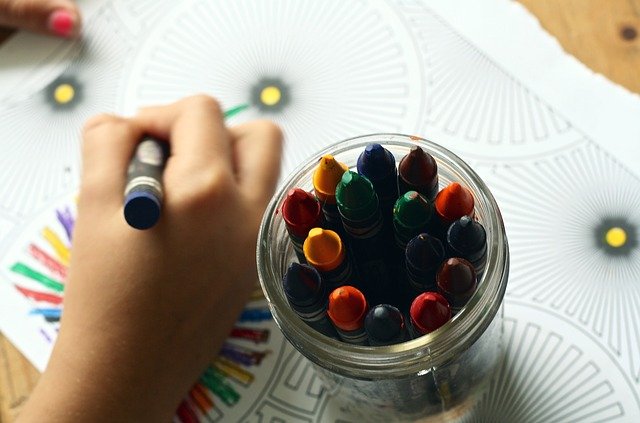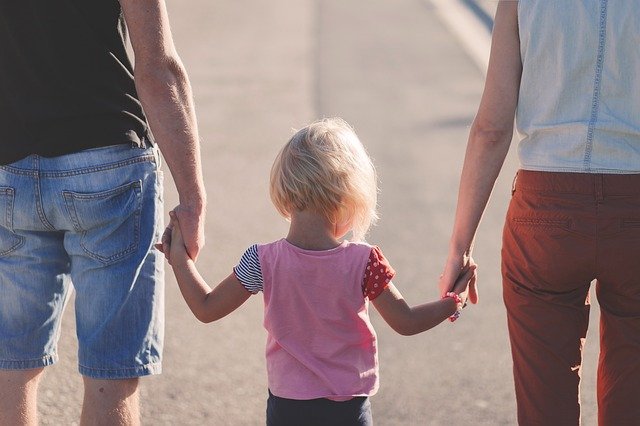Over the years there are quite a few things we have seen repeatedly in the classrooms that facilitate learning and positive behaviors. Perhaps the most surprising is a behavior that is generally squashed in the public school classroom. We are talking about children not sitting still (or even not sitting at all) while they do their work. Rather than the traditional public school approach of “sit down and shut up” (which has thankfully started to disappear in many places), we actually find it beneficial to take the attitude of “if it keeps them working and it isn’t hurting anyone, then we don’t care”. We are writing this article to encourage you as parents to take the exact same attitude.
One of the more common learning stances we see is standing. Many children are happier and more focused if they are upright. If you see your child frequently standing even when they do not have a task in front of them it may be worthwhile to introduce some learning tools that facilitate an upright posture. Chief among these tools is of course the easel. But you don’t necessarily need to spend money to find out how your child handles vertical learning. Make it okay to use the kitchen table without a chair for drawing, looking at books or doing puzzles. Folding coffee tables work equally well. If you find your child concentrating better – great! If you don’t see a difference, at least they know they have options.
Beyond standers there are also movers. Some can even be thought of as perpetual motion machines do come in 2-6 year old human packages. You are probably already aware if you have one of these energetic children, but it is important to note that there are plenty of children who learn in motion that are otherwise not high energy. And the tools we would suggest for helping these children focus on an activity turn out to be equally fun for motion learners and non-motion learners alike. Moreover, you will find these items in our classrooms – so we aren’t just throwing things at you that we don’t use ourselves.
The easy one that has a good chance of already being in your house is the rocking chair. This is a great tool that allows the body to move easily while the mind focuses elsewhere. Similarly, the wobble chair provides many of the same benefits while taking up less space. If you haven’t seen a wobble chair, think of a normal stool, but the seat is mounted on a semi flexible column that allows it to wobble in space without falling over. The wobble cushion is an option that can go into a normal chair while providing some motion. We won’t validate some of the myriad of claims for these disks, but we will simply say that kids seem to find them fun and are perfectly happy to wobble around in them while they look at books or experiment with classroom work at one of the floor tables. Last, but far from least is the balance ball seat. This looks like a yoga ball with legs and it allows children to bounce and balance while they engage with work.
Many of these tools have an added benefit of building core strength, enhancing balance, encouraging proper posture, or even all of the above. If you are curious if your child is a mover in class, ask their teacher. Giving fun and different options at home in playrooms and bedrooms is a great way to help facilitate learning success.





